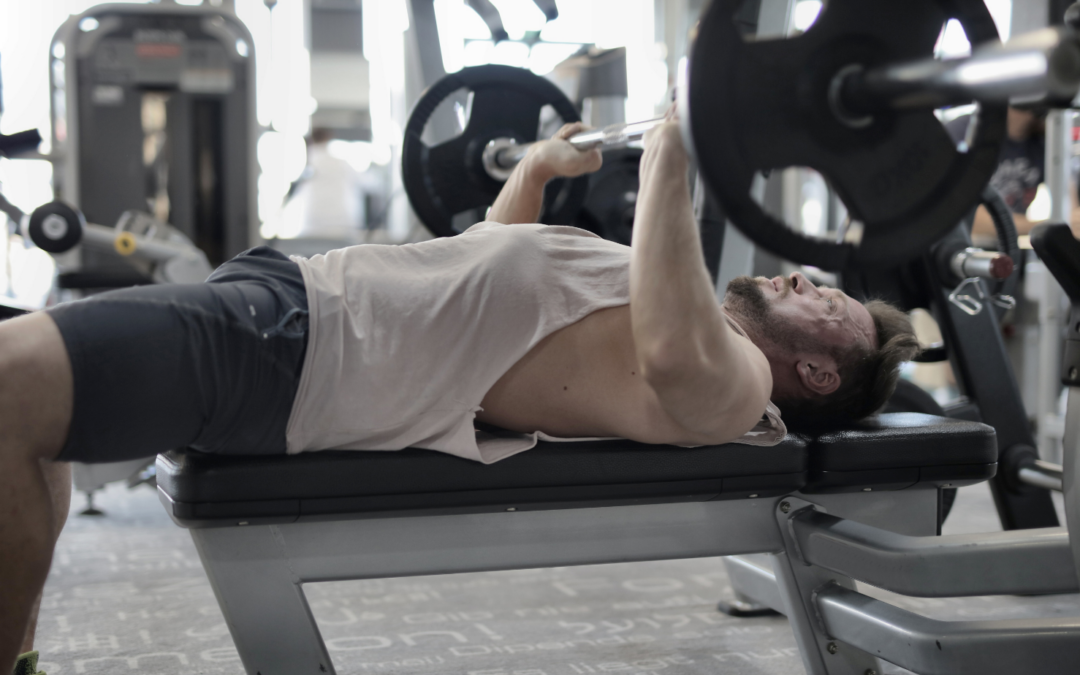What is 1RM?
1RM stands for “one repetition maximum” and can be defined as the maximum amount of weight you can lift for one repetition. It is an established measure of muscular strength.
What is the 1RM used for?
Personal trainers and other fitness professionals often need to know their clients´ 1RM in a number of exercises. The 1RM is used to determine a client’s muscular fitness, track progress over time and identify muscle imbalances.
Knowing a new client´s 1 RM is also important for proper design of a strength training program. It allows the personal trainer to select the right training loads (this is important since training results are specific to the load intensity used).
How do you find your 1RM?
1RM can be assessed directly through a 1RM test or it can be predicted. There are various formulas that allow you to get a predicted 1 RM based on the result of a submaximal strength test.
The 1RM test is the most accurate way to find out your 1 RM, but it is not suitable for everybody. It is often contraindicated for untrained individuals because lifting a maximal weight may cause muscle soreness and musculoskeletal injury.
Estimating 1 RM is the method that personal trainers most often used. Even if the result is less reliable than the one obtained through a 1Rm test it is safer for the client, and client safety has to always go first.
How to test 1RM
Free weights or machines can be used to test 1 RM. Common free weight exercises are back squat (test for lower body strength), bench press (to upper body strength). If a free weight exercise is going to be used the subject should be familiar with the exercise and have a good technique to avoid injuries. It is also advisable to always have a spotter.
The test should be performed in a standardized manner (same conditions, same equipment, same range of motion etc.) for the results to be as accurate as possible.
Here you have a step-by-step guide of how to perform a 1RM assessment:
- Warm up 5 – 10 minutes prior to testing
- Perform 8-10 repetitions with a light load (50% of predicted 1RM).
- Rest 1 minute
- Perform 3 – 5 repetitions with a load equivalent to 80% of estimated 1RM.
- Rest 1 minute
- Perform 2 – 3 repetitions with a load equivalent to 90% of estimated 1RM.
- Rest 2 minutes
- Increase the load and perform 1 repetition.
- Rest 3 minutes
- Increase the load and perform 1 repetition. After each successful lift, the load should be increased until a failed attempt occurs.
How to get a predicted 1RM:
There are several formulas used to estimate 1RM based on the result of a submaximal test. The Brzycki formula below is one of the most common.
Brzycki formula:
1RM = weight / (1.0278 – (0.0278 × reps))
After a warmup, perform few sets of the exercise with increasing loads for every set. Find the heaviest weight that allows you to perform 4 – 10 repetitions with good form. Insert the weight lifted and the number of repetitions in the formula to calculate 1RM.
It is advisable to keep the number of repetitions to maximum 10 since the accuracy of the predicted 1RM starts becoming lower above that number.
———————————————-
Are you interested in learning more about 1RM?
Check out the Personal Trainer course at IPTA – International Personal Trainer Academy.

